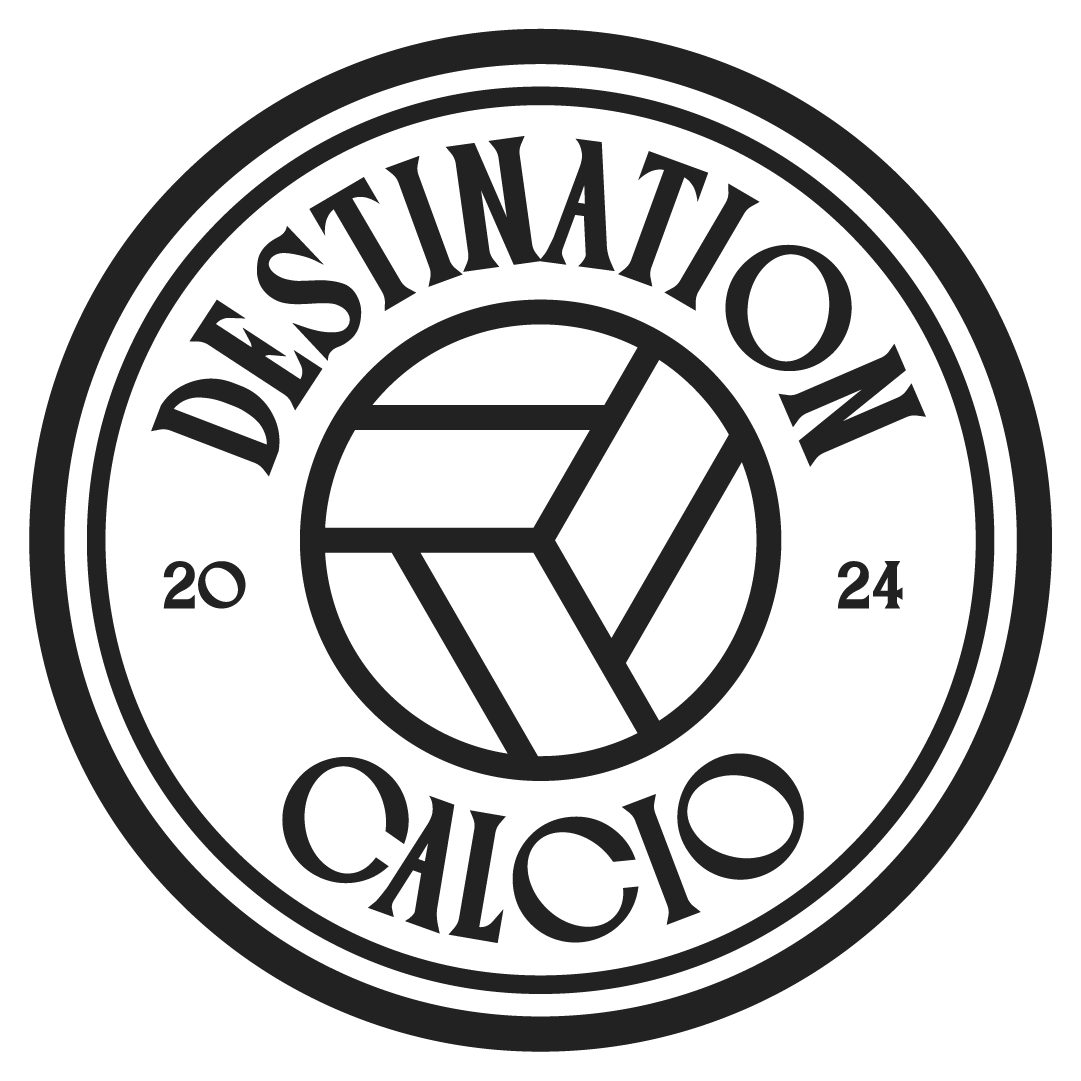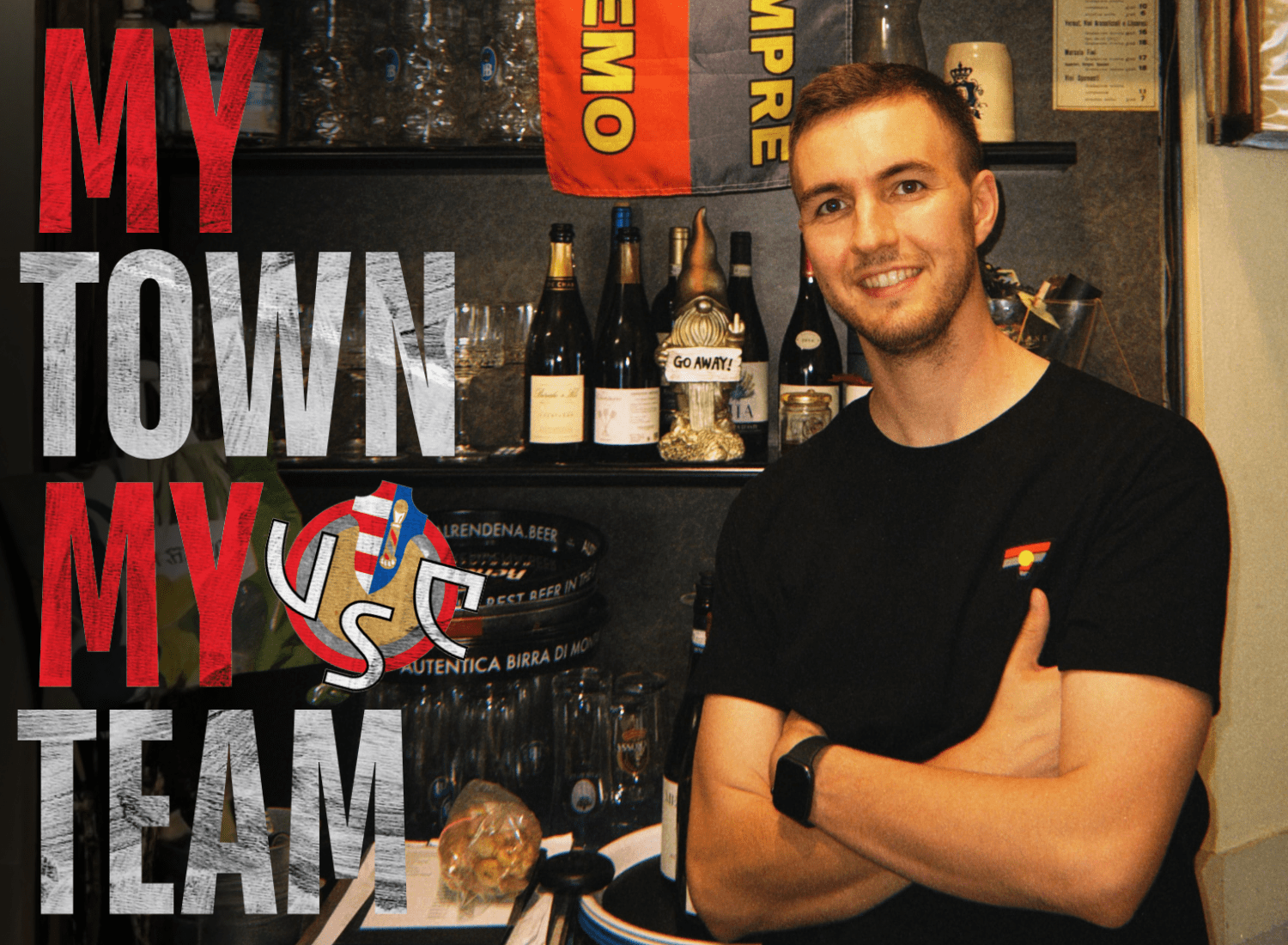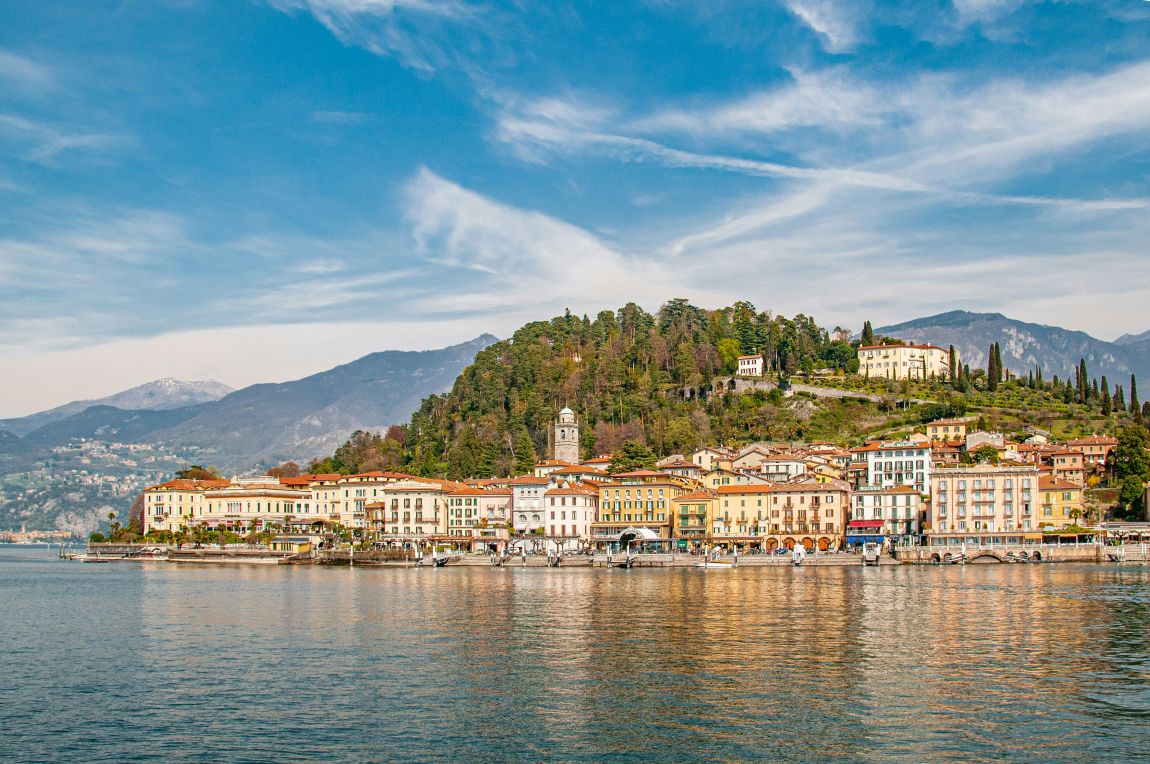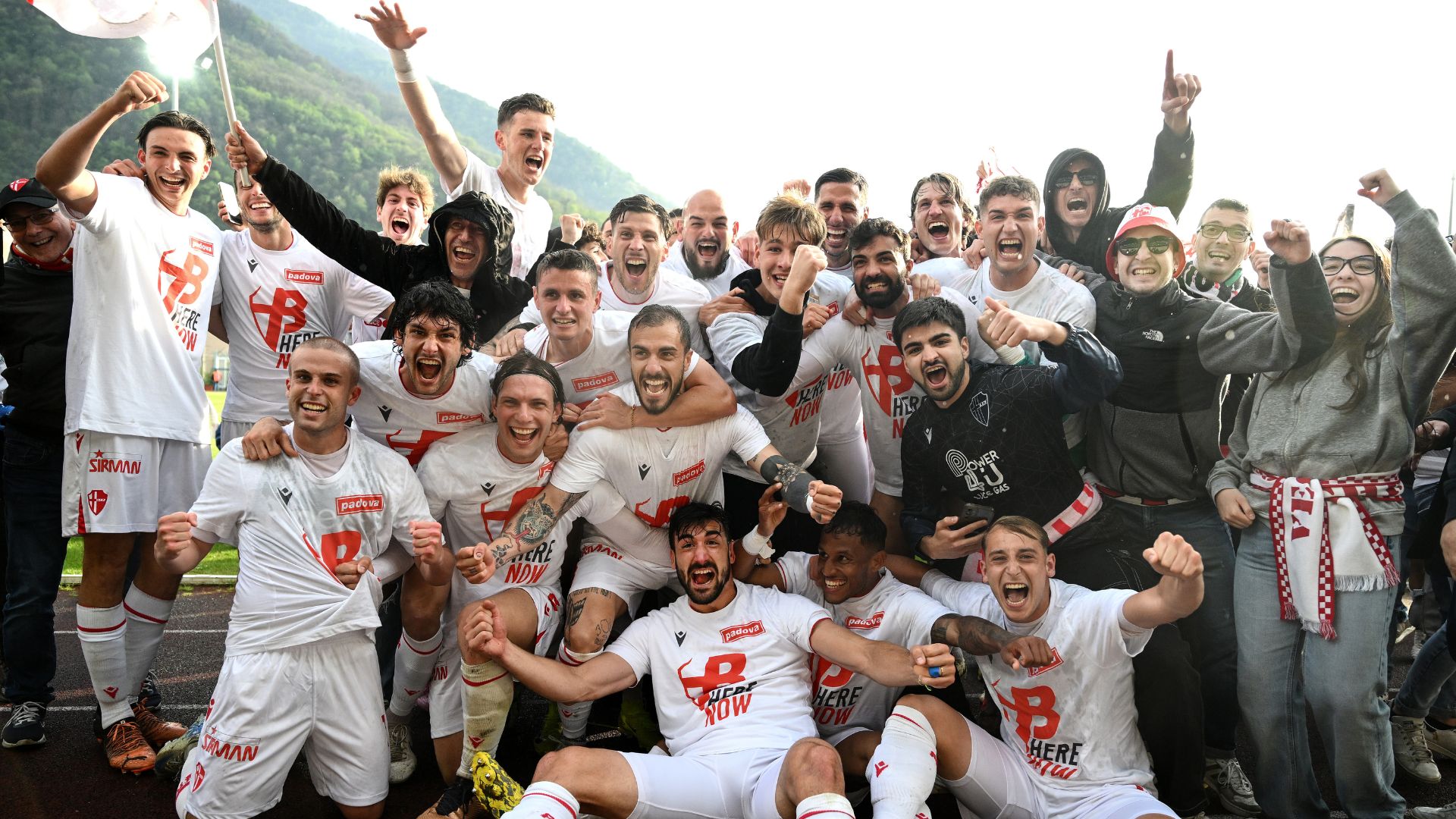
A Young Del Piero and a Stadium Boycott – All You Need to Know About Padova
By Dan Cancian
Padova are back in calcio’s second tier for the first time in six years after finishing top of Serie C Group A last season.
Here, Destination Calcio shines a spotlight on the Serie B newcomers.
Who are they?
Founded in 1910, Padova were Serie A regulars in post-World War II Italy, finishing third in Serie A in 1958 under the guidance of Nereo Rocco, one of the early pioneers of the Catenaccio system.
Six years later, the Biancoscudati found themselves back in Serie B, the beginning of four decades in the wilderness that saw the club plummet as low as Serie C2, before eventually returning to the top flight in 1994.
The club’s last taste of Serie A came two years later, before a slow but inexorable decline culminated in relegation to Serie C three years later.
Having narrowly missed out on promotion to Serie A in 2011, Padova entered bankruptcy three years later and temporarily found themselves exiled into non-professional football.
On the pitch at least, the picture has steadily improved. Padova reached the Serie C play-off final twice in the past five seasons, but suffered the ignominy of being knocked out by arch-rivals Vicenza in 2024.
The Patavini exacted a measure of revenge last term, finishing top of their Serie C group to return to Serie B for the first time in six years.
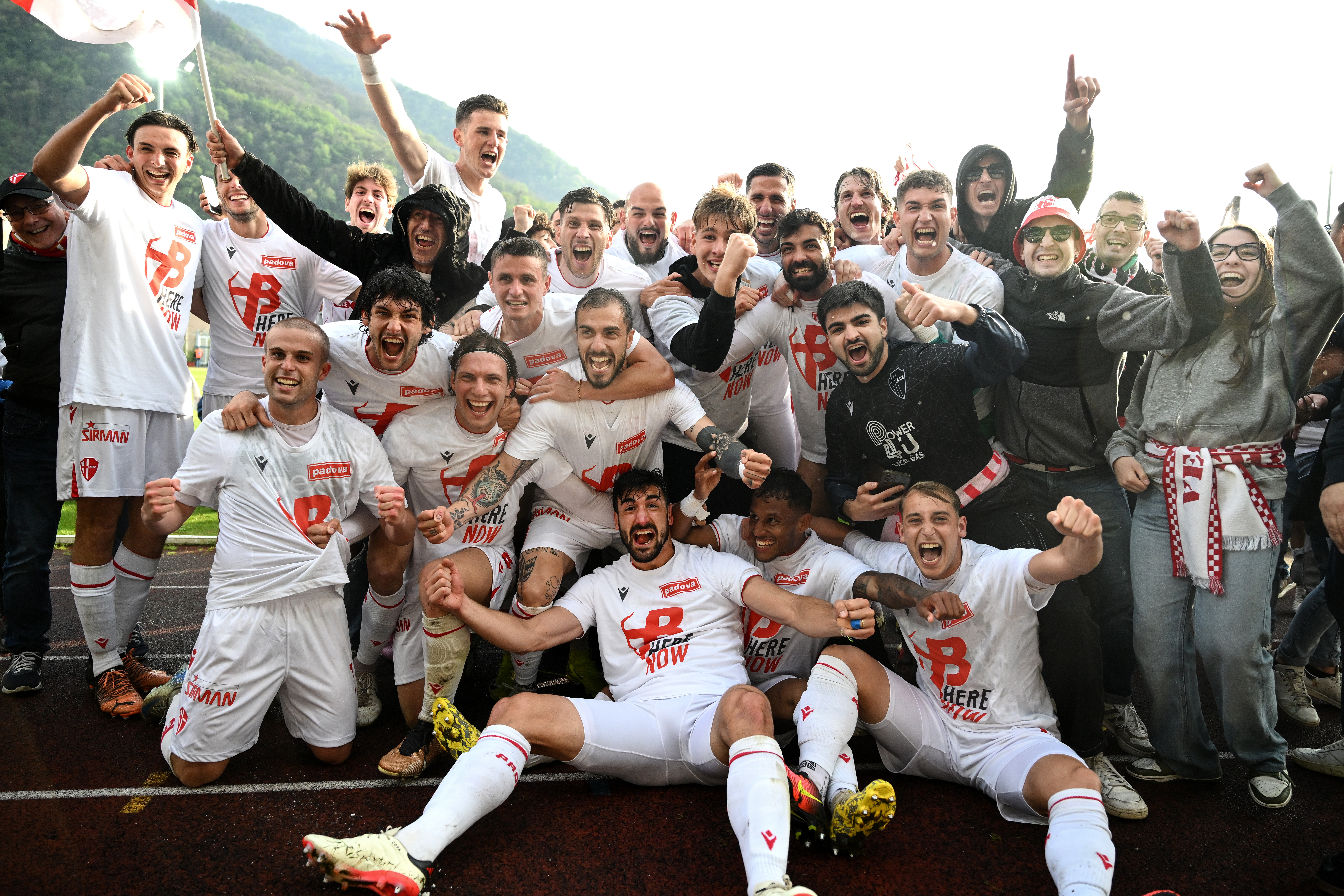
How big are they?
Despite decades of hardship, Padova remain one of Veneto’s biggest clubs, no mean feat considering the region is a calcio hotbed with few equals in Italy. With the exception of Lombardy, it is hard to think of an area that takes football as seriously as it does.
The Biancoscudati have been absent from Serie A for the best part of three decades, but retain a sizeable support base, and their home crowds stood at just north of 3,000 last season, the third-highest in Serie C Group A behind Triestina and arch-rivals Vicenza.
The figure would have been significantly larger had it not been for the ongoing protest against the Stadio Euganeo, Padova’s home since 1994 and a source of discontent and malaise for the past 31 years.
Desolately plonked on the northern edge of the city, the Euganeo is difficult to reach and an eyesore like few others. It has also never felt like home for those who grew up on the terraces of the Stadio Appiani, Padova’s old ground that still stands – albeit just – a stone’s throw away from the old town.
In response to what they perceive to be a complete lack of transparency from the club over the stadium and its future, Padova ultras boycotted home matches throughout last season.
What has been their best season?
As for several other clubs of similar size, silverware has proved frustratingly elusive for Padova and a third-place finish in the 1957-58 season remains their best return in Serie A. Nine years later, they reached the Coppa Italia final for the first and only time in their history, losing 1-0 to AC Milan. In 1983, they were runners-up in the Anglo-Italian Cup after losing to Cosenza.
Who are their cult heroes?
Padova may have spent the last three decades in the lower echelons of Italian football, but they are spoilt for choice when it comes to cult heroes. The obvious starting point here is Alessandro del Piero, who joined the academy as a 13-year-old in 1987 and made his professional debut four years later, coming on as a substitute in a defeat by Messina.
Del Piero played another 13 games for Padova over the next 18 months, before joining Juventus in the summer of 1993 for 5 billion lire (£2.2 million in today’s money), one of the greatest investments in calcio’s history. Over the next 19 seasons, Del Piero won the Scudetto six times with the Bianconeri, lifting the Champions League in 1996 and winning another six major trophies in the process.
But it all started with Padova for him.
If Del Piero was just a raw talent, Felice Centofanti already had 15 seasons of professional football under his belt by the time he and his iconic frizzy black mane arrived in Padua in 2000 from Ravenna. A left-back by trade, “Crazy Hors” netted an astonishing 15 goals in his debut season at the Stadio Euganeo as the Biancoscudati clinched promotion back to Serie C1. They don’t make them like him anymore.
Centofanti, of course, was not the defender with a spectacular hairstyle to don the famous red and white. Six years before his arrival, Padova had signed Alexi Lalas, an icon of the USA team that reached the round of 16 at the 1994 World Cup on home soil.
The first American to play in Serie A, Lalas scored against Inter Milan and AC Milan in his debut season as the Biancoscudati narrowly avoided relegation, before taking his wonderful ginger mane/beard combo back to the USA in February of 1995.
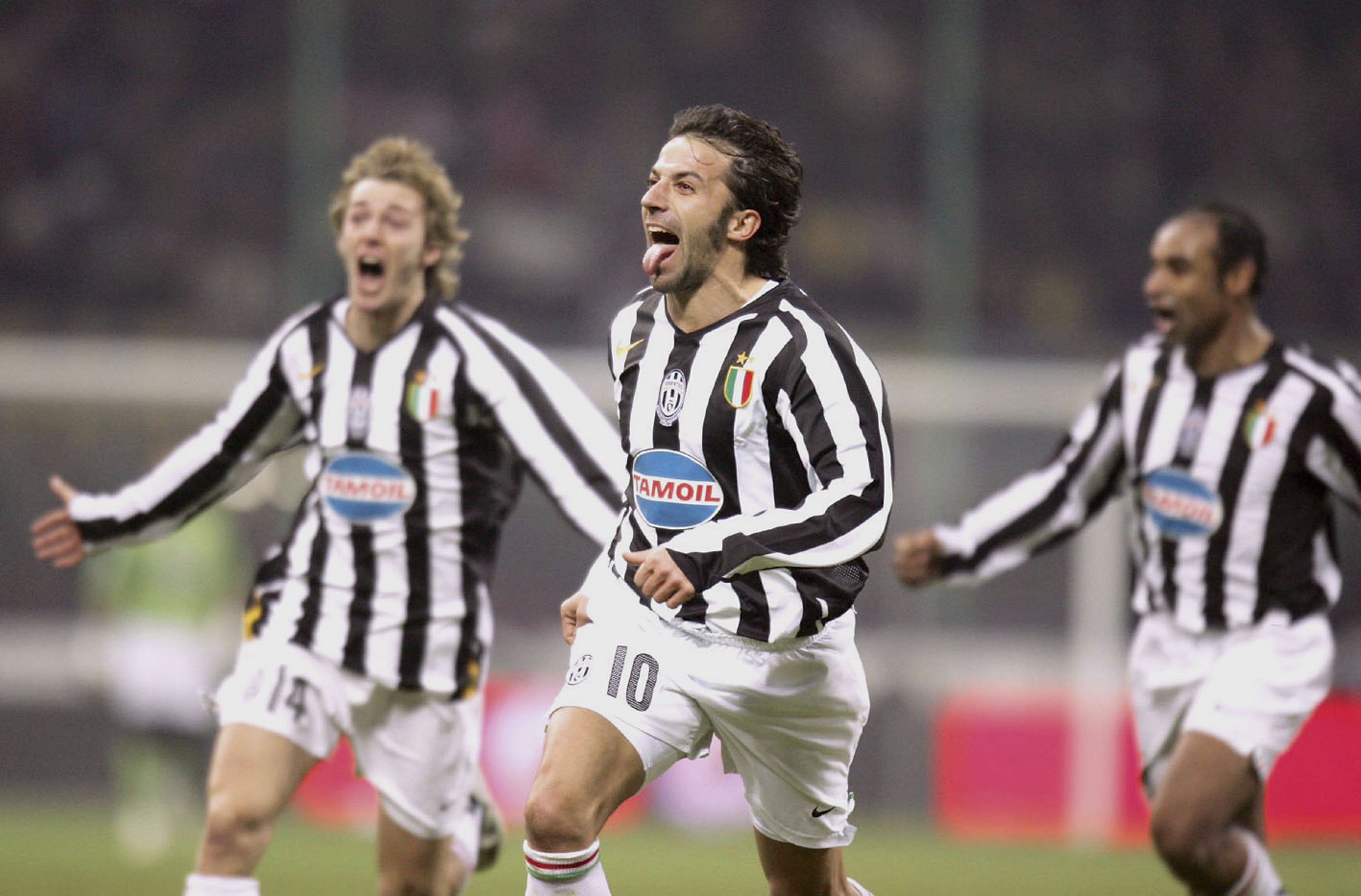
An icon in Verona after winning the Scudetto in 1985, Giuseppe Galderisi is also one of Padova’s greatest players of all time, with 51 goals in 209 appearances in all competitions, respectively the third-highest and 11th-highest figures in the club’s history.
And when it comes to cult heroes, the late Ezio Vendrame also deserves a mention, despite playing just 57 times for the Biancoscudati. Arguably the only player revered by both Vicenza and Padova fans, the Friulian George Best was not one of calcio’s biggest stars, but certainly one of its most colourful characters.
A rebel both in look and playing style, Vendrame once allegedly accepted a bribe ahead of Padova’s meeting against Udinese, one of his former teams, only to change his mind after being booed by the away fans as he stepped onto the pitch.
Suitably riled up, Vendrame proceeded to score twice in a 3-2 win, including one directly from a corner kick. In front of the away end, of course.
Off the pitch, cult heroes don’t come much bigger than Nereo Rocco. El Paron – the Boss – steered Padova to third place in 1958 and left an enduring legacy.
Why should I visit?
Home to two UNESCO World Heritage sites – the Botanical Gardens and a collection of 14th-century frescoes housed in buildings across the old town – Padua is no ordinary city.
From the Scrovegni Chapel painted by Giotto at the beginning of 1300 to Piazza delle Erbe and Prato della Valle, Italy’s largest town square set around an elliptical water feature, you’re never too far from a historic landmark.
Home to one of the world’s oldest universities, where luminaries such as Galileo Galilei and Nicolaus Copernicus taught or studied, the city oozes culture and retains most of its magnificent Venetian-style buildings and piazzas
But while tourism has steadily increased in Padua, it remains light years away from the saturated walkways and squares of Venice and Verona, its two more popular Veneto neighbours.
Padua doesn’t have an airport, which means flying into Venice is your best option. Venice Marco Polo Airport is about a 45-minute car journey from Padua, while Venice’s Mestre train station is just 15 minutes away by fast train, or 30 minutes with a slower service.
Last year, we went to Padova to interview their disgruntled Ultras. Find out more about why they boycotted home matches:
Related Articles
Related Articles
We get a local take on what's hot in Cremona - where to eat and drink, sights to see and handy hints that might not be in the tourist guides.
The Artemio Franchi will always be the main reason calcio fans head to Florence but there is one other thing that must be on the to-do list.
After the final whistle is blown at Stadio Giuseppe Sinigaglia, there is no better place to unwind than Bellagio.
